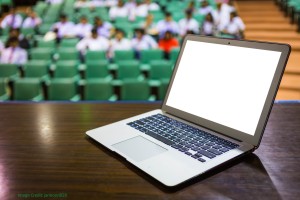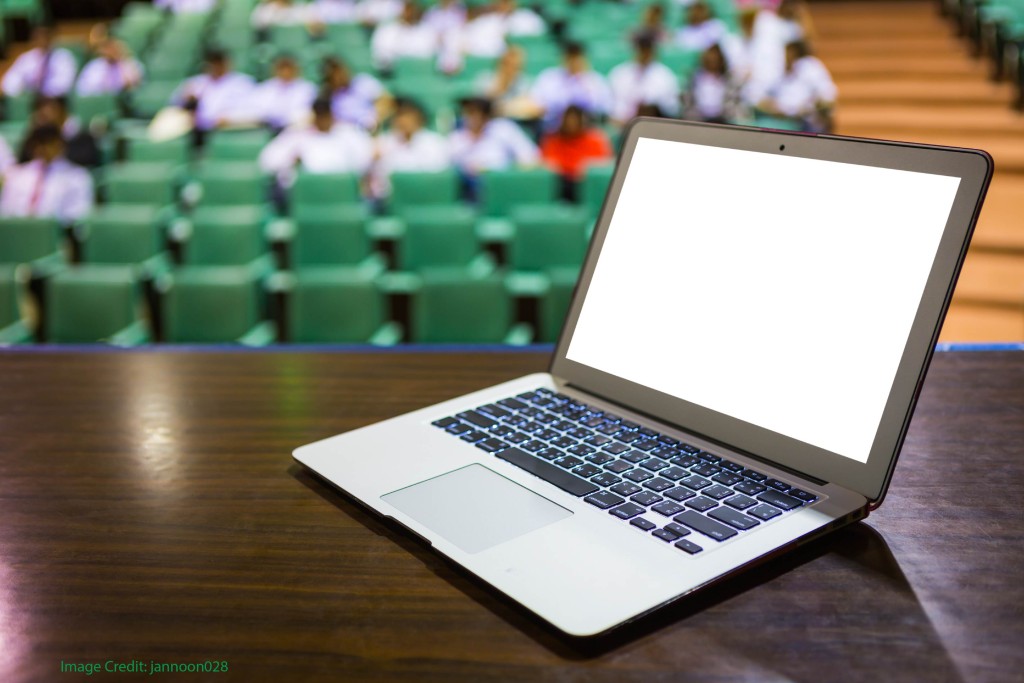
In at least this one college classroom, non-academic laptop use is inversely related to performance on the final exam.
Of course: school teachers may be able to supervise and control our students’ activities while using computers. In other words: this study is interesting to us, but shouldn’t be the final word in the debate.
[Hat tip: Daniel Willingham]

